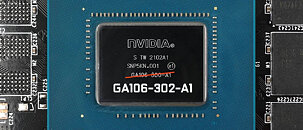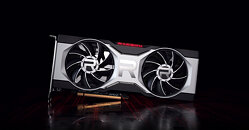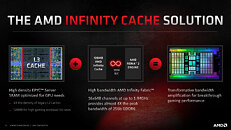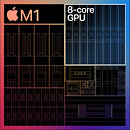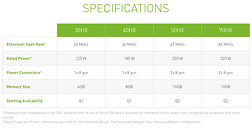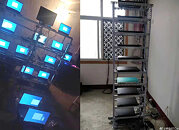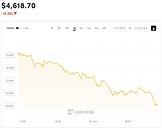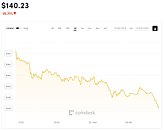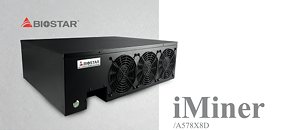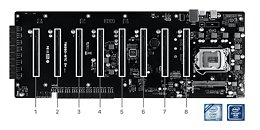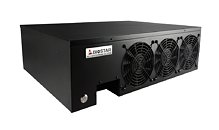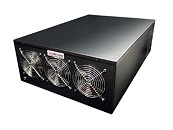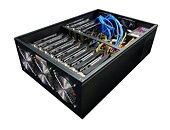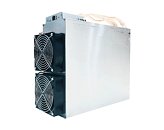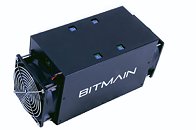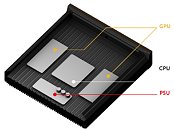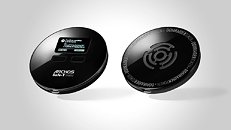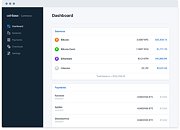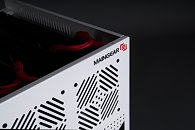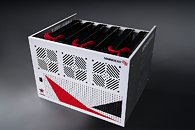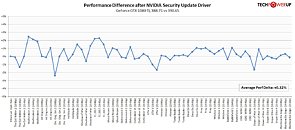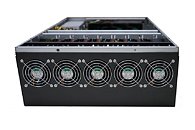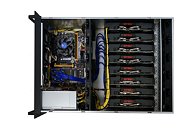
NVIDIA to Introduce a New GeForce RTX 3060 GPU SKU with Ethereum Mining Limiter
Some time ago, NVIDIA introduced its GeForce RTX 3060 graphics card with GA106-300 Ampere GPU SKU. The GPU was the first to feature NVIDIA's latest additions like Resizable BAR and crypto mining algorithm limiter that limited the performance of the card while mining. However, despite NVIDIA's intention to keep the card out of the hands of crypto miners, there has been a lot of flaws in the plan. A lot of people discovered that the card still managed to turn in profits with the limiter enables. Later, NVIDIA accidentally released a driver that actually removes the limiter and enables the GPU to mine at full capacity, making the company's efforts useless.
Today we have new information that NVIDIA will launch an updated GeForce RTX 3060 GPU SKU that features a different ID, in the quest to limit card's mining performance. According to HKEPC, NVIDIA is producing updated GeForce RTX 3060 GKU SKUs with GA106-302 ID that should launch sometime in May, which are supposed to replace the GA106-300 SKUs now present. The software and the drivers will use the new ID to identify new SKUs and limit the performance of the card at mining tasks such as Ethereum mining. That way, it ensures that no driver version or bypass can trick the software to enable the card to use its full mining power and it shall render it unprofitable. Additionally, kopite7kimi, a known hardware leaker, claims that NVIDIA is also preparing updated GPU SKU IDs for GA104 and GA102 GPUs, with GA102-302/202 and GA104-302/202 variants supposedly coming.
Today we have new information that NVIDIA will launch an updated GeForce RTX 3060 GPU SKU that features a different ID, in the quest to limit card's mining performance. According to HKEPC, NVIDIA is producing updated GeForce RTX 3060 GKU SKUs with GA106-302 ID that should launch sometime in May, which are supposed to replace the GA106-300 SKUs now present. The software and the drivers will use the new ID to identify new SKUs and limit the performance of the card at mining tasks such as Ethereum mining. That way, it ensures that no driver version or bypass can trick the software to enable the card to use its full mining power and it shall render it unprofitable. Additionally, kopite7kimi, a known hardware leaker, claims that NVIDIA is also preparing updated GPU SKU IDs for GA104 and GA102 GPUs, with GA102-302/202 and GA104-302/202 variants supposedly coming.
